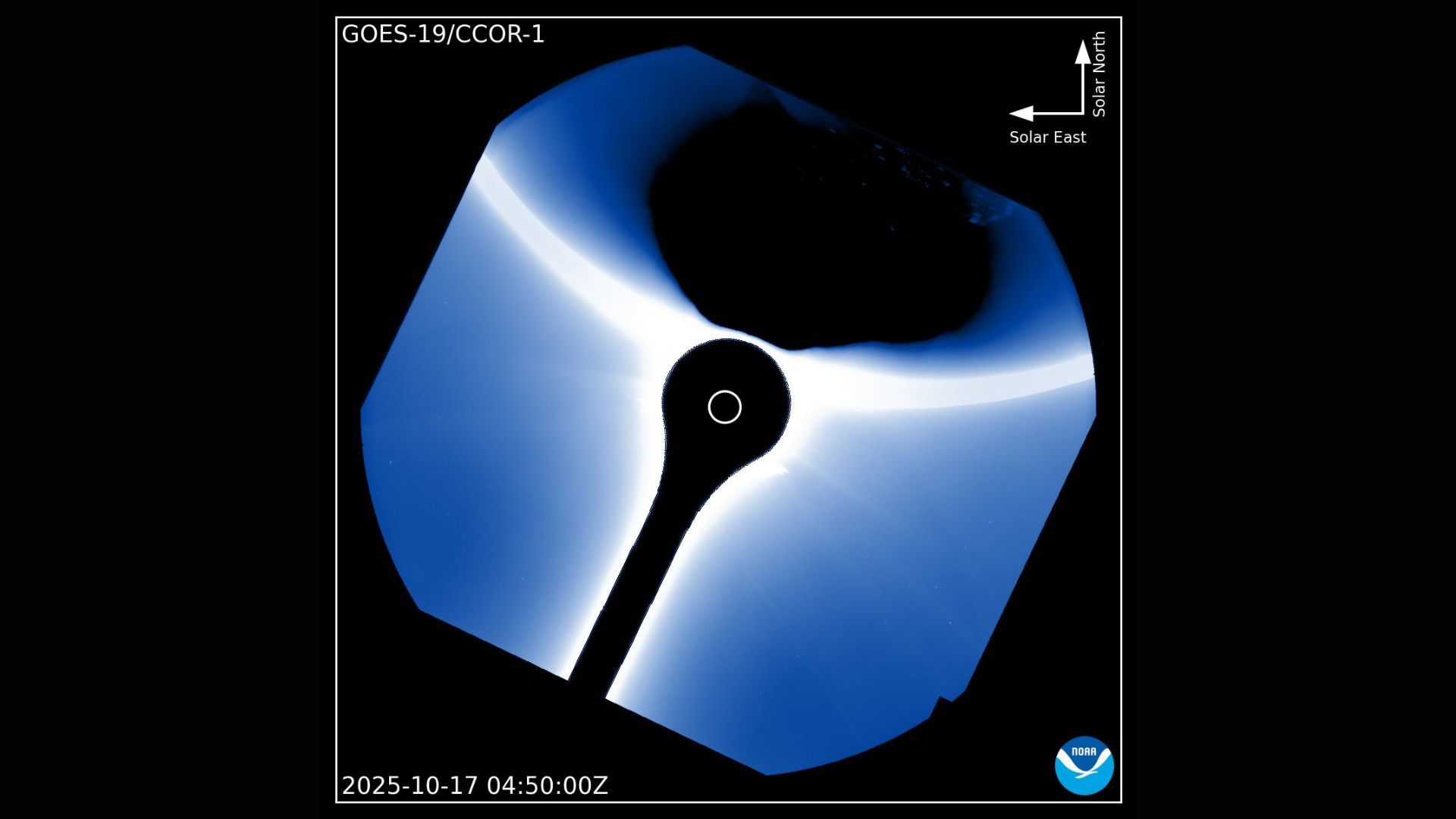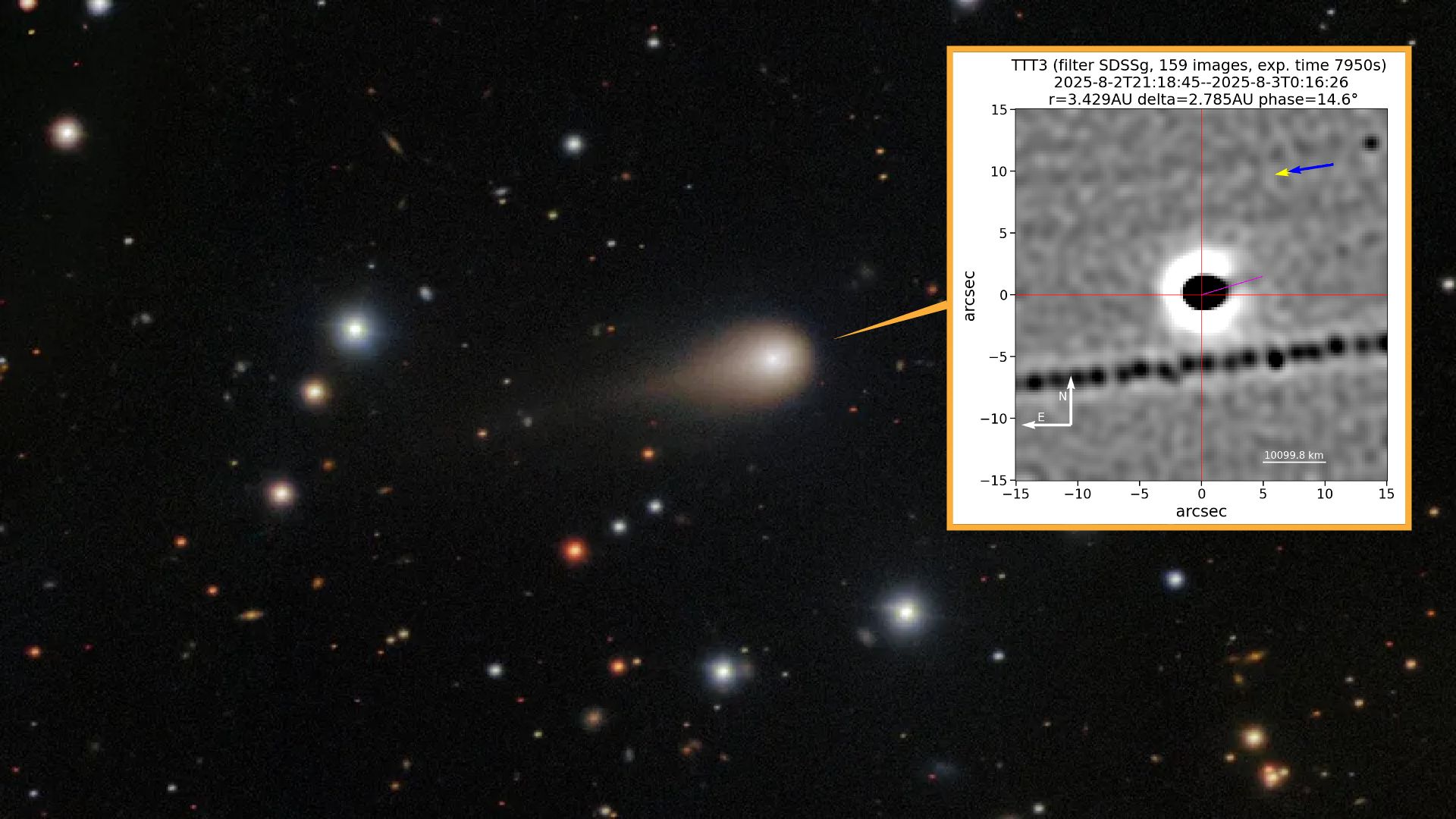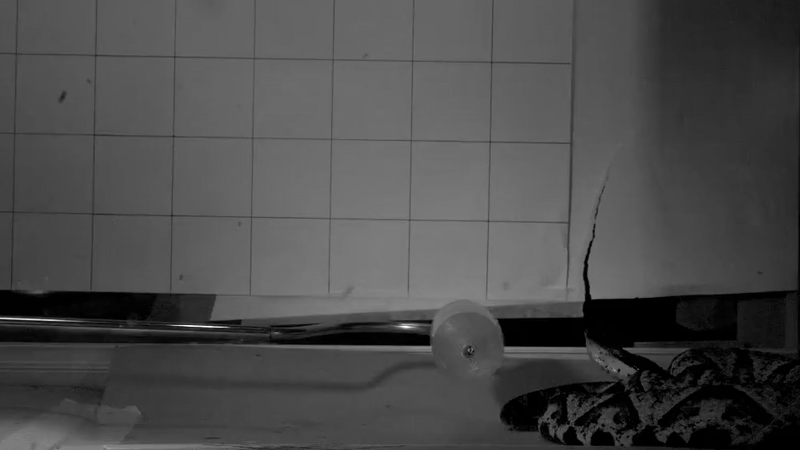If you want to capture the majesty of the Sun, you should probably ask an artist, but if you want to capture its raw power, that’s a job for a robot. While generations of artists have painted or photographed sunsets and poets have written sonnets to the Sun, NASA’s Parker Solar Probe (PSP) just sent back the closest solar snapshots of all time.
While our planet sits a cozy 93 million miles away from the fusion inferno of our star, Parker gets as close as 3.8 million miles, close enough to get inside the Sun’s sweltering and chaotic atmosphere. The images put us inside the solar wind, electrically charged solar particles which race across the solar system at more than a million miles an hour.
For More on the Sun
Spicules Make the Sun Look Like a Shag Carpet. We’re Still Figuring Out Why
How and When Will the Sun Die?
The Sun Opened Up a Solar Wind-Spewing Coronal Hole 60 Times the Size of Earth
Parker Solar Probe snaps closest images of the Sun ever taken
SYFY’s The Ark follows the crew of an interstellar spacecraft on a multi-light-year journey to the star next door. In the real world, NASA’s Parker Solar Probe is doing the next best thing, having traveled 90 million miles from home to get up close and personal with the Sun.
In addition to being infinitely cool, the data sent back by PSP helps scientists better understand space weather, including powerful coronal mass ejections (CMEs) which have the potential to damage spacecraft and Earth’s electrical and communications systems.
The probe was launched aboard a Delta IV rocket in 2018 and has been on a spiraling path, winding its way closer to the Sun ever since. It began its most recent approach in December of 2024 and completed its most recent flyby of the Sun from June 14 to June 24, 2025. It was the probe’s 24th pass of the Sun and the third to reach an altitude of just 3.8 million miles.
“Parker Solar Probe has once again transported us into the dynamic atmosphere of our closest star,” said Nicky Fox, associate administrator, Science Mission Directorate at NASA Headquarters in Washington, in a statement. “We are witnessing where space weather threats to Earth begin, with our eyes, not just with models. This new data will help us vastly improve our space weather predictions to ensure the safety of our astronauts and the protection of our technology here on Earth and throughout the solar system.”
Parker measures the environment around the Sun with an array of instruments. SWEAP, short for Solar Winds Electrons Alphas and Protons investigation, studies the characteristics of particles in the solar wind, while WISPR (Wide-Field Imager for Solar Probe) captures images in visible light. WISPR takes images of solar particles just as they’re leaving the Sun and the new images showcase the interaction of multiple outflows. You can also see the place where three CMEs collide, forming a perfect storm in space, 90 million miles away.
Scientists are hoping these images will help us to better understand and defend against CMEs in the future. When multiple coronal mass ejections pop off at the same time, it makes them harder to predict, can complicate their magnetic properties, and can accelerate charged particles, making them even more dangerous if they happen to come our way.
“In these images, we’re seeing the CMEs basically piling up on top of one another,” said Angelos Vourlidas, the WISPR instrument scientist at the Johns Hopkins Applied Physics Laboratory, which designed, built, and operates the spacecraft in Laurel, Maryland. “We’re using this to figure out how the CMEs merge together, which can be important for space weather.”
The future of the Parker Solar Probe is uncertain

Artwork showing the Parker Solar Probe against the Sun. Credit: NASA/Johns Hopkins APL/Steve Gribben
This was the 24th and final approach of Parker’s planned primary mission. Its job is done, but it can’t come home. As of June 22, 2025, when the probe checked in with the team at Johns Hopkins Applied Physics Lab, all systems were operational and healthy, so it can still do plenty of useful science. For now, Parker will remain in orbit and continue making observations, while the folks at NASA figure out where they want to go from here.
“Parker Solar Probe remains in excellent health, with both the spacecraft and its instruments ready to continue their groundbreaking mission,” said Arik Posner, Parker Solar Probe program scientist at NASA Headquarters in Washington. “The spacecraft will keep exploring the solar atmosphere as the Sun enters the declining phase of its 11-year cycle, providing a unique opportunity to study how solar activity evolves and shapes the heliosphere during this pivotal period.”
While we’re waiting to see what’s next for NASA’s PSP, check out The Ark, streaming now on Peacock.
Source link


